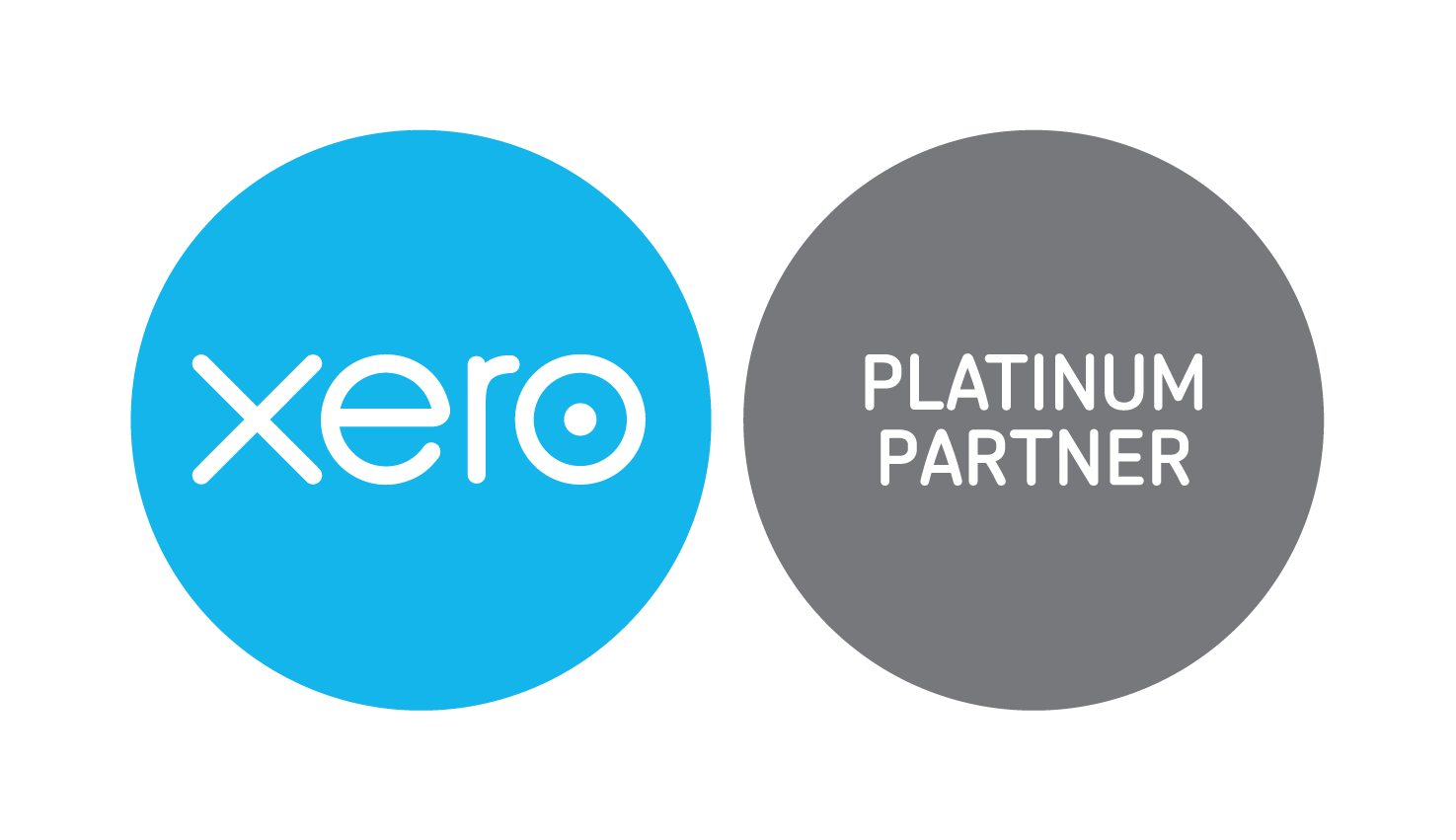It’s a common occurrence for many of our business clients to observe a profit on their year-end Profit and Loss (P&L) statement.
However, it’s important to note that this profit may not directly correspond to the actual funds available in their bank account.
This distinction can sometimes lead to confusion among our clients.
Here are several reasons why this might happen:
Accrual Accounting vs. Cash Accounting:
Small businesses often use accrual accounting, where revenue and expenses are recorded when they are earned or incurred, regardless of when the actual cash is received or paid. So, the profit on the P&L may include revenue that has been billed to clients (and in accounts receivable) but not yet received in cash, or expenses owed by your business (and in accounts payable), but not yet paid.
Operating Expenses:
Profit on the P&L is calculated before accounting for all expenses, including taxes. Taxes can significantly reduce the cash available for the business owner.
Capital Investments:
Business owners might reinvest their profits into the business for various purposes, such as purchasing equipment, expanding operations, or paying off loans. These investments can tie up cash in the business.
Owner Withdrawals:
Business owners may withdraw money from the business for personal expenses, reducing the cash balance
Seasonal Fluctuations:
Some businesses experience seasonal variations in revenue and expenses. They might make most of their money during certain times of the year and spend more during others, affecting the cash flow.
Loan Repayments:
If the business has loans, part of the profit might go toward repaying these loans, reducing the cash on hand.
In summary, the profit on your P&L represents the business’s financial performance, but it doesn’t necessarily reflect the cash available at any given moment.
As a business owner, you should carefully manage your cash flow to ensure liquidity to cover expenses, taxes, and investments while retaining some profit for future growth and stability. This is where effective business advice and budgeting become essential for a small business’s financial health.
Like to learn more about your business accounts? Contact us.

